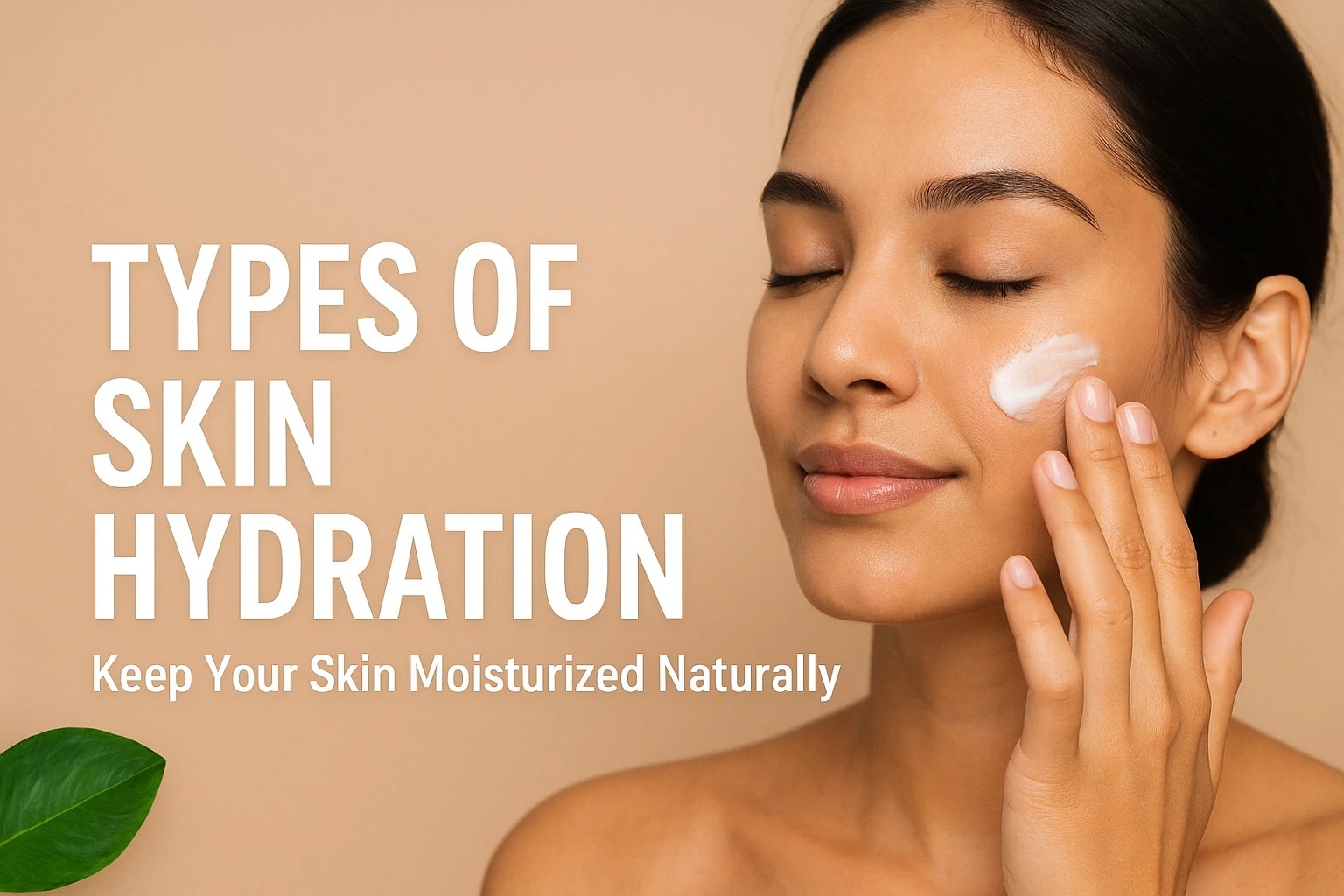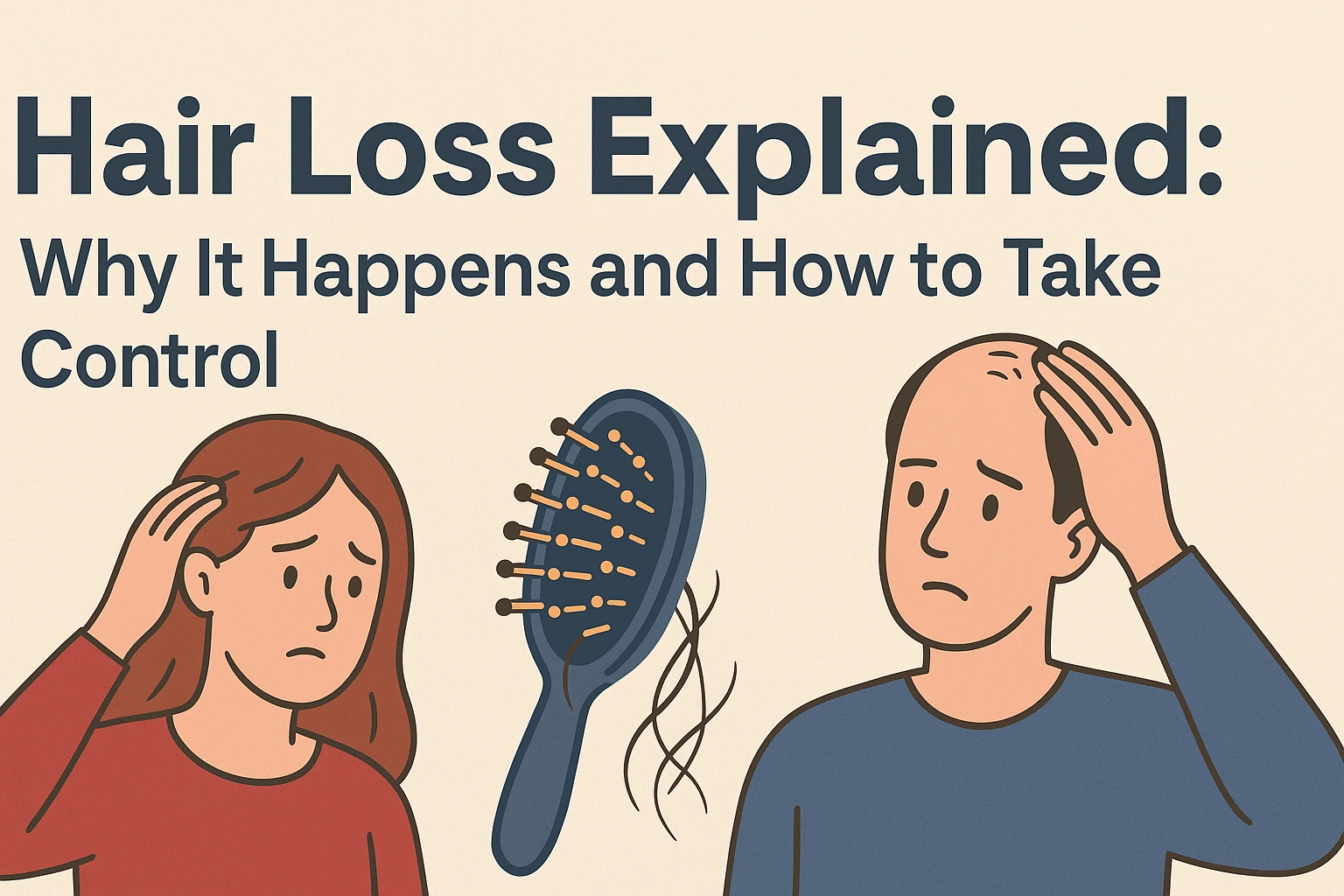Are you know of the many various types of skin hydration and the importance of selecting the appropriate products? Click to find out more!
Did you know that skin hydration comes in several ways? Everyone has a unique skin type, whether it be combination, oily, or dry, isn’t it obvious? Do they all require the same attention, though?
Everyone knows that being hydrated is crucial to having beautiful, healthy skin, but different hydration techniques have different effects. As a result, there are many types for taking care of your skin. Let’s investigate their nature and mechanisms.
What kinds of skin hydration are there?
Hydration is definitely one of the most important elements of a proper skincare routine, right? As a result, it’s good to find out more about the various approaches and choose the one that works best for you.
1- Hydration by occlusion
Since its primary purpose is to minimize water loss through evaporation, this kind of hydration is highly advised for those with dry skin. This technique helps the skin retain its natural moisture for a longer period of time by forming a protective barrier.
Products used for this kind of hydration typically include lipid-rich ingredients that create an impenetrable barrier on the skin, like:
- vegetable oils,
- ceramides and
- petrolatum.
- Hydration by moisturizing
Because it retains moisture via the presence of oils, this form of hydration is highly advised for those with oily skin. Here, the objective is to create a barrier that protects the skin from moisture loss while preserving its suppleness and inherent brightness.
Emollient substances, which assist regulate hydration without blocking pores, stand out among the most often used ingredients in this procedure. Examples of these include:
- glycerin
- coconut oil
- jojoba oil.
- Proactive hydration
Lastly, the concepts of occlusive hydration and humectation are combined in active hydration, which protects the skin while drawing and holding onto water to keep it hydrated. This keeps the skin from losing moisture, making it healthier and more vibrant.
When utilizing products with active components like these, this method can help drier or balanced skin types the most.
- hyaluronic acid
- urea
- amino acids.
Is it feasible to use many skin moisturizers at the same time?
Keeping the skin hydrated is crucial to keeping it looking good. Even though many people don’t think so, every skin type has different demands, and selecting the appropriate cosmetics makes all the difference.
Thus, expert advice may assist determine the optimal strategy and prevent issues like excessive oiliness or severe dryness. This occurs because using moisturizers incorrectly might induce the “rebound effect,” which causes the skin to produce more oil when it senses that it is not getting enough moisture.
According to dermatologist Dr. Mariana Corrêa:
Our skin naturally has a layer of fat that protects it from water loss. If we wash our face excessively and significantly reduce this layer of fat, the body interprets this as an aggression. Therefore, it starts producing even more fat to try to maintain the skin’s natural lipid barrier. This excessive increase in fat production is what we call the rebound effect .
Additionally, using the incorrect combination of products might result in sensitivity or block pores, endangering the health of your skin.
In conclusion
the answer to the issue is that using many types of moisturizer is feasible as long as the appropriate selection is made. For instance, lighter textures in the T-zone and more nourishing formulae in dry places might be beneficial for combination skin. As a result, seeking expert advice is crucial to preventing more serious issues. Correct?
Frequently Asked Questions (FAQ)
About the Different Types of Skin Hydration
- What are the main types of skin hydration?
There are three main types of skin hydration:
- Occlusive hydration – prevents water loss by forming a protective layer on the skin.
- Moisturizing (emollient) hydration – locks in moisture and maintains skin softness.
- Proactive (active) hydration – draws and retains water using ingredients like hyaluronic acid and amino acids.
Each type serves a different skin need, depending on whether your skin is dry, oily, or combination.
- Which type of hydration is best for dry skin?
Occlusive hydration is best for dry skin because it helps trap natural moisture and prevents dehydration. Look for ingredients like ceramides, shea butter, petrolatum, or plant-based oils to keep your skin barrier strong and soft.
- What kind of hydration is suitable for oily skin?
Moisturizing (emollient) hydration works well for oily or acne-prone skin. Use light, non-comedogenic moisturizers with ingredients such as glycerin, jojoba oil, or aloe vera. These keep your skin hydrated without clogging pores or increasing oiliness.
- Can I combine different types of skin hydration?
Yes, you can! Combining hydration types can balance your skin’s needs — for example, using a lighter moisturizer in oily areas (like the T-zone) and a thicker occlusive cream on dry patches. However, it’s best to consult a dermatologist to avoid irritation or the “rebound effect,” where your skin produces excess oil due to over-cleansing or improper product layering.
- What causes the rebound effect in skincare?
The rebound effect happens when the skin loses too much of its natural oil barrier (often from over-washing or harsh cleansers). As a defense, the body produces excess sebum, making the skin oily again. Maintaining hydration balance with gentle cleansers and the right moisturizer helps prevent this.
- What ingredients should I look for in hydrating products?
Choose ingredients based on your skin type:
- Dry skin: Ceramides, shea butter, petrolatum, squalane
- Oily skin: Glycerin, jojoba oil, niacinamide
- Combination skin: Hyaluronic acid, amino acids, aloe vera
Avoid alcohol-heavy formulas that strip natural oils.
- How often should I hydrate my skin?
For best results, moisturize twice daily — morning and night. Apply right after cleansing to seal in moisture. During harsh weather or after exfoliation, you may need extra hydration.
- Can hydration products replace drinking water?
No — external hydration supports your skin’s surface, but internal hydration from drinking enough water is equally vital. Skincare products and water intake work together to maintain elasticity, smoothness, and a youthful glow.
- What’s the difference between hydration and moisturization?
Hydration means adding water to the skin, while moisturization means sealing that water in to prevent loss. In short — hydrators give your skin water, and moisturizers help lock it in.
- Why is professional advice important before choosing skincare products?
Every skin type reacts differently. Consulting a dermatologist or skincare expert helps you select the right balance of occlusive, emollient, or humectant ingredients — preventing irritation, acne, or excessive oiliness.
tion are combined in active hydration, which protects the skin while drawing and holding onto water to keep it hydrated. This keeps the skin from losing moisture, making it healthier and more vibrant.
When utilizing products with active components like these, this method can help drier or balanced skin types the most.
- hyaluronic acid
- urea
- amino acids.
Is it feasible to use many skin moisturizers at the same time?
Keeping the skin hydrated is crucial to keeping it looking good. Even though many people don’t think so, every skin type has different demands, and selecting the appropriate cosmetics makes all the difference.
Thus, expert advice may assist determine the optimal strategy and prevent issues like excessive oiliness or severe dryness. This occurs because using moisturizers incorrectly might induce the “rebound effect,” which causes the skin to produce more oil when it senses that it is not getting enough moisture.
According to dermatologist Dr. Mariana Corrêa:
Our skin naturally has a layer of fat that protects it from water loss. If we wash our face excessively and significantly reduce this layer of fat, the body interprets this as an aggression. Therefore, it starts producing even more fat to try to maintain the skin’s natural lipid barrier. This excessive increase in fat production is what we call the rebound effect .
Additionally, using the incorrect combination of products might result in sensitivity or block pores, endangering the health of your skin.
In conclusion
the answer to the issue is that using many types of moisturizer is feasible as long as the appropriate selection is made. For instance, lighter textures in the T-zone and more nourishing formulae in dry places might be beneficial for combination skin. As a result, seeking expert advice is crucial to preventing more serious issues. Correct?
Frequently Asked Questions (FAQ)
About the Different Types of Skin Hydration
- What are the main types of skin hydration?
There are three main types of skin hydration:
- Occlusive hydration – prevents water loss by forming a protective layer on the skin.
- Moisturizing (emollient) hydration – locks in moisture and maintains skin softness.
- Proactive (active) hydration – draws and retains water using ingredients like hyaluronic acid and amino acids.
Each type serves a different skin need, depending on whether your skin is dry, oily, or combination.
- Which type of hydration is best for dry skin?
Occlusive hydration is best for dry skin because it helps trap natural moisture and prevents dehydration. Look for ingredients like ceramides, shea butter, petrolatum, or plant-based oils to keep your skin barrier strong and soft.
- What kind of hydration is suitable for oily skin?
Moisturizing (emollient) hydration works well for oily or acne-prone skin. Use light, non-comedogenic moisturizers with ingredients such as glycerin, jojoba oil, or aloe vera. These keep your skin hydrated without clogging pores or increasing oiliness.
- Can I combine different types of skin hydration?
Yes, you can! Combining hydration types can balance your skin’s needs — for example, using a lighter moisturizer in oily areas (like the T-zone) and a thicker occlusive cream on dry patches. However, it’s best to consult a dermatologist to avoid irritation or the “rebound effect,” where your skin produces excess oil due to over-cleansing or improper product layering.
- What causes the rebound effect in skincare?
The rebound effect happens when the skin loses too much of its natural oil barrier (often from over-washing or harsh cleansers). As a defense, the body produces excess sebum, making the skin oily again. Maintaining hydration balance with gentle cleansers and the right moisturizer helps prevent this.
- What ingredients should I look for in hydrating products?
Choose ingredients based on your skin type:
- Dry skin: Ceramides, shea butter, petrolatum, squalane
- Oily skin: Glycerin, jojoba oil, niacinamide
- Combination skin: Hyaluronic acid, amino acids, aloe vera
Avoid alcohol-heavy formulas that strip natural oils.
- How often should I hydrate my skin?
For best results, moisturize twice daily — morning and night. Apply right after cleansing to seal in moisture. During harsh weather or after exfoliation, you may need extra hydration.
- Can hydration products replace drinking water?
No — external hydration supports your skin’s surface, but internal hydration from drinking enough water is equally vital. Skincare products and water intake work together to maintain elasticity, smoothness, and a youthful glow.
- What’s the difference between hydration and moisturization?
Hydration means adding water to the skin, while moisturization means sealing that water in to prevent loss. In short — hydrators give your skin water, and moisturizers help lock it in.
- Why is professional advice important before choosing skincare products?
Every skin type reacts differently. Consulting a dermatologist or skincare expert helps you select the right balance of occlusive, emollient, or humectant ingredients — preventing irritation, acne, or excessive oiliness.
Must Read:











Leave a Reply